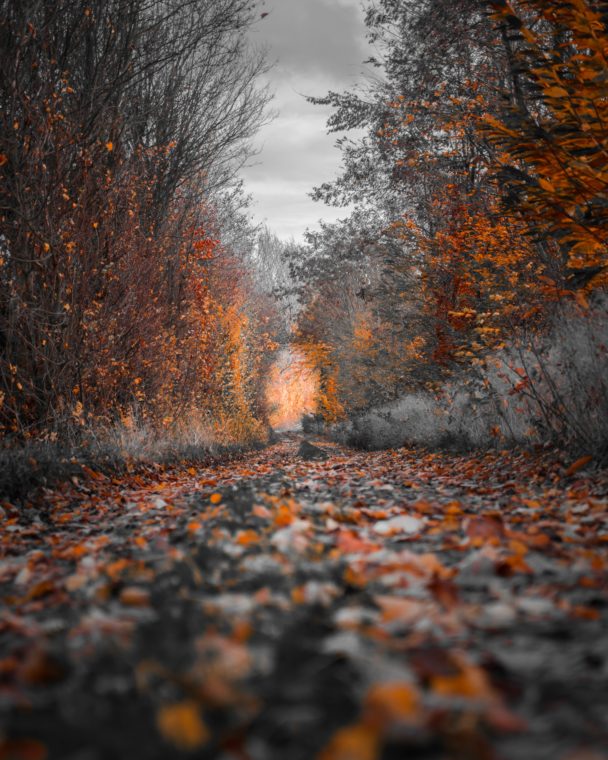Transforming Moments: The Art and Science of Video Editing
Transforming Moments: The Art and Science of Video Editing
Blog Article

In an age where visual storytelling is at the forefront of communication, video editing has emerged as both an art and a science. It is the meticulous process that transforms raw footage into compelling narratives, allowing creators to convey emotions, ideas, and messages effectively. Whether it’s a short clip shared on social media or a feature-length film, the magic of video editing lies in its ability to shape and enhance the viewing experience.
Cut Video Online Free
As technology continues to evolve, so too does the accessibility of video editing tools, enabling more people than ever to tell their stories. Yet, despite the growing availability of software and resources, mastering the craft requires a blend of technical skill and artistic vision. Understanding the nuances of pacing, sound design, and visual composition is essential for anyone looking to create engaging content. In this exploration of video editing, we will delve into the techniques and principles that transform moments into captivating stories.
The Creative Process of Video Editing
The creative process of video editing begins with the careful selection and organization of raw footage. Editors sift through hours of video to identify the best clips that not only tell a cohesive story but also evoke the desired emotional response from the audience. This initial stage requires a keen eye for detail and an understanding of the narrative arc, as editors aim to establish a rough cut that serves as the foundation for the project. By categorizing clips based on scenes, themes, or even emotions, editors set the stage for a more streamlined editing process.
Once the rough cut is established, the next step involves refining the visual and auditory elements. This includes tightening the pacing, enhancing sound design, and incorporating music that complements the visuals. Editors experiment with transitions, color grading, and effects to add depth and character to the footage. During this stage, collaboration often becomes essential, as input from directors or producers can lead to new ideas and refinements that enhance the overall quality of the piece.
The final stage of the creative process involves meticulous attention to detail, as editors polish the project for a seamless viewing experience. This may include correcting minor errors, fine-tuning the audio mix, and ensuring continuity throughout the video. The goal is to create a finished product that resonates with audiences and conveys the intended message effectively. In this phase, editors harness both technical skills and creative intuition, transforming disparate clips into a cohesive and compelling narrative.
Technical Tools and Techniques
In the realm of video editing, the selection of software plays a crucial role in shaping the final product. Popular choices like Adobe Premiere Pro, Final Cut Pro, and DaVinci Resolve offer a wide range of functionalities that cater to both amateurs and professionals. These tools provide users with the ability to manipulate video clips, apply effects, and adjust audio with precision. Understanding the strengths and weaknesses of each software is essential for editors to choose the right platform that aligns with their specific project needs.
Beyond software, the actual techniques employed in video editing can significantly affect the viewer's experience. Techniques such as cutting, transitioning, color grading, and audio syncing are fundamental skills that every editor should master. For instance, the use of cuts can dictate pacing, while seamless transitions can create a fluid narrative flow. Color grading adds mood and atmosphere to the visuals, enhancing storytelling, while audio syncing ensures that sound aligns perfectly with the visual cues, creating a cohesive end product.
Moreover, incorporating advanced techniques like motion graphics and visual effects can elevate a video project to new heights. Editors can utilize tools like Adobe After Effects and Blender to introduce animations or special effects that capture attention and engage the audience. Understanding how to blend these elements seamlessly with the primary footage requires a good eye for detail and a strong grasp of storytelling. As technology continues to evolve, embracing these cutting-edge techniques can help editors push the boundaries of their creativity and produce compelling visual narratives.
The Impact of Video Editing on Storytelling
Video editing plays a crucial role in shaping the narrative structure of any film or video project. It is through editing that raw footage is transformed into a coherent story, guiding the audience through the intended emotional and thematic journey. By carefully selecting and sequencing shots, editors can highlight key moments, control pacing, and manipulate audience responses, all of which are essential for effective storytelling.
Moreover, the use of techniques such as cutting, transitions, and color grading enhances the mood and tone of a story. Editors employ these methods to evoke specific emotions, whether it's tension during a suspenseful scene or elation in a joyful moment. The visual rhythm created through editing not only captivates the viewer but also deepens their connection to the narrative, making the story more impactful and memorable.
Furthermore, video editing allows for the integration of sound design and music, which further enriches the storytelling experience. By synchronizing audio elements with visuals, editors craft a multi-sensory experience that reinforces the narrative. The interplay of sound and image can transform a simple scene into a powerful moment, illustrating how vital video editing is to the art of storytelling.
Report this page